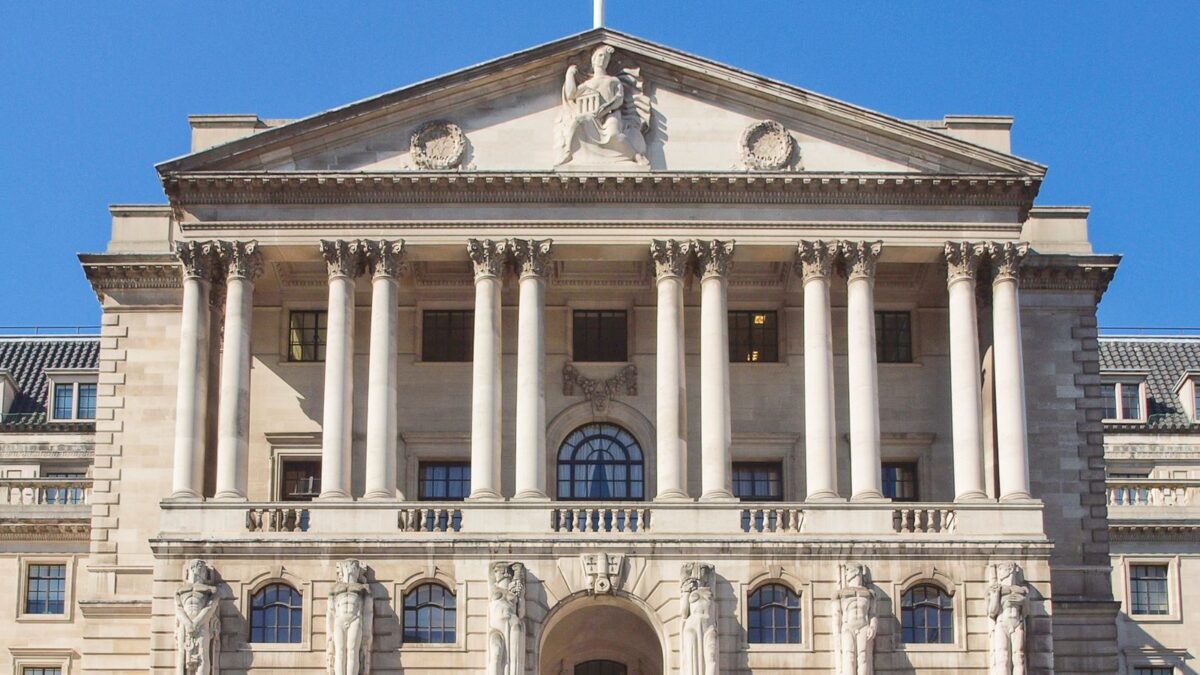A weaker UK economy is expected to prompt the Bank of England to accelerate interest rate cuts; Goldman Sachs predicts up to six reductions by the end of next year. The investment bank’s analysts think that as inflationary pressures continue and economic growth slows, policymakers might adopt a more assertive approach.
These forecasts coincide with the markets’ apparent underestimation of the magnitude of prospective rate reductions. The Bank of England is facing increasing difficulties in striking a balance between inflation control and economic stability, with the first adjustment anticipated as early as February 2024.
A Slowing Economy and Weakening Demand
The UK’s economic outlook has shown significant signs of strain, prompting speculation about monetary policy adjustments. According to Goldman Sachs, sluggish growth, faltering household income, and rising trade tensions are key indicators of a downturn that could compel the Bank of England to act decisively. The bank projects that interest rates could drop to 3.25% by mid-2026, with the first of six anticipated cuts potentially beginning next month.
Economic growth forecasts for the UK remain subdued, with Goldman estimating a 0.9% expansion in 2025—falling short of the broader consensus of 1.3%. Analysts point to several contributing factors, including a weaker pound sterling, elevated energy prices, and slower-than-expected household income growth.
The Goldman Sachs team, commented, “While some of this weakness is likely related to expectations for a negative employment effect from the upcoming national insurance increase, we now see notable signs of underlying cooling, which should weaken pay pressures over time”
Recent decisions by the Bank’s Monetary Policy Committee (MPC) also signal a growing inclination toward rate reductions. In December, three of the nine committee members voted for cuts, underscoring the perceived need to counteract stagnation. With additional cuts likely, the focus now turns to ensuring economic resilience amid weakening demand.
Inflationary Pressures Remain a Concern
While rate cuts may provide relief for borrowers and stimulate spending, concerns over inflationary pressures continue to loom large. Economists warn that inflation, driven by rising energy costs and global trade uncertainties, could remain above target levels in the short term. Headline inflation, currently around 4.75%, is expected to surpass 3% by spring due to external shocks, such as higher import costs tied to the weaker pound.
Goldman Sachs argues that sustained high inflation levels may influence the pace of rate adjustments. However, the investment bank maintains that weaker demand will ultimately outweigh inflationary concerns, justifying quicker monetary easing. The Bank of England must navigate these complex dynamics carefully, ensuring rate reductions do not undermine financial stability or long-term inflation control.









